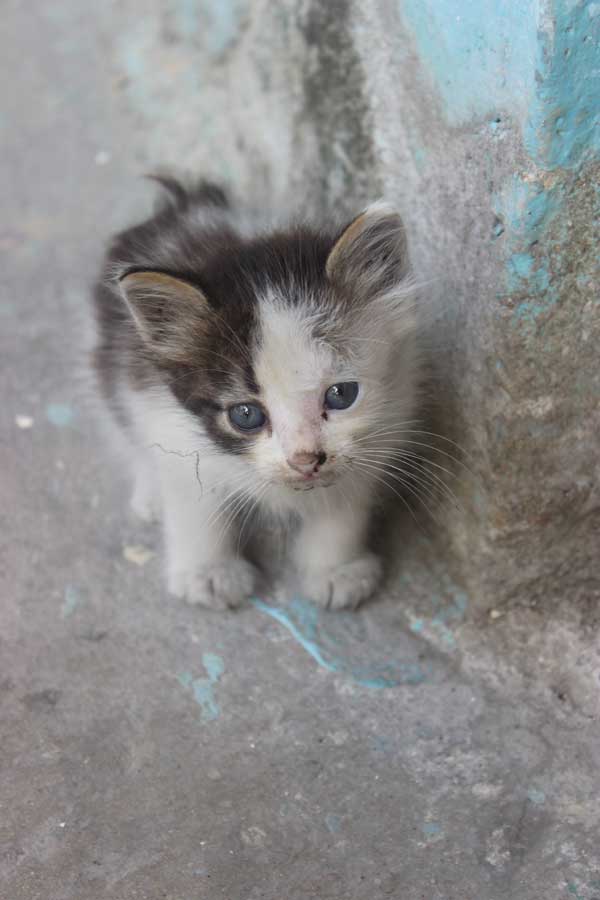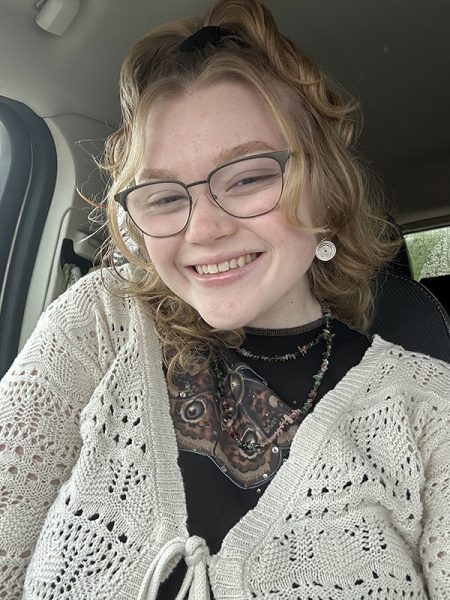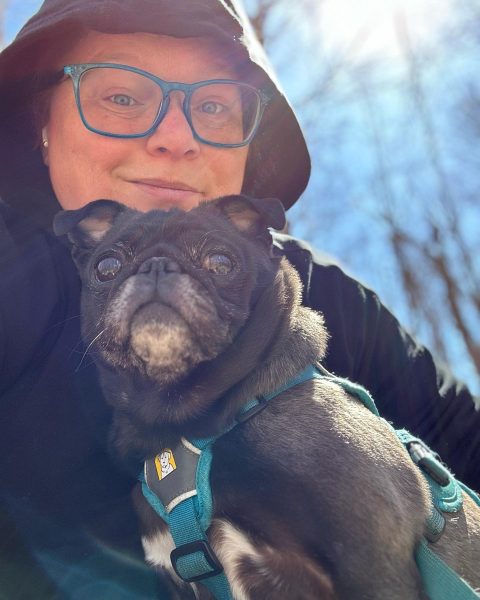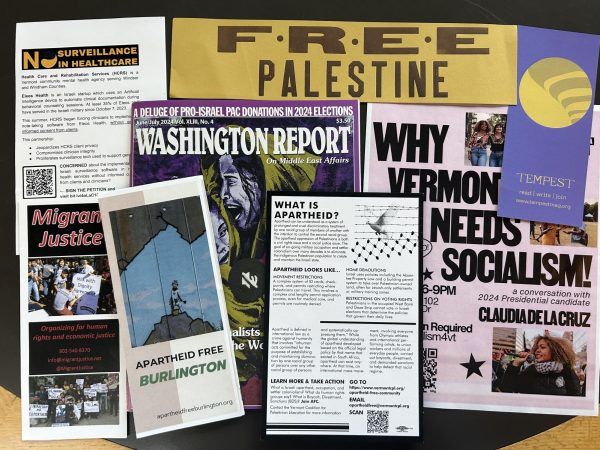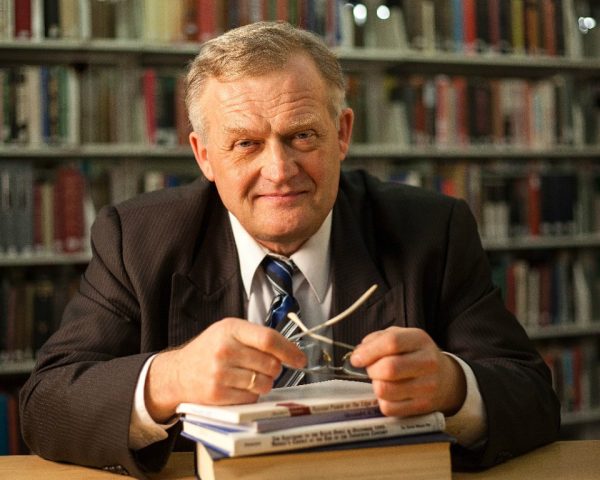The strays of Cuba
A kitten in Central Havana
Stepping off of La Terrazza de Manolo that Sunday afternoon began a week-long journey through a cloud of smoke and diesel.
1950s Chevrolets, Studebakers and other antique cars populated the roadways, their exhaust clashing with the malodorous cigarette smoke that wafted through every street, carried on the warm breeze. I just couldn’t escape it, a constant reminder of a life taken too soon. The first thing I thought about when the smell hit my nose was him, and the first image in my mind was of death. These thoughts changed the way I saw the city and its inhabitants.
My grandfather died of lung cancer and emphysema three months ago, caused by years of smoking followed by secondhand exposure for a decade after he quit. I hadn’t been around cigarette smoke since the night he passed, and the smell brought back so many memories.
Unfortunately, the image that popped into my mind the most over the course of the week was the cold, gray face of a man lying in bed, no longer present in his own body, awaiting the trip to the funeral home. A body that I could tell no longer held the soul of the man I remember, the man whom I never got the chance to say goodbye to.
The Cuban streets made me realize that I hadn’t allowed myself to grieve over my grandfather, and had never come to terms with the fact that he was gone. I couldn’t save him. As I looked around at the men confined to wheelchairs, missing limbs and begging for money alongside the stray animals in need of food, I also realized that I couldn’t help any of them either. It was both surreal and heartbreaking. Maybe none of them wanted help.
I think that’s the problem with the way I viewed the world before this trip. I was always looking at people who needed help in my life, and believing that I could somehow save them. Cuba served as a reality check for me, because while I may still try, I know I shouldn’t feel guilty when I have done all I can.
Though the journey began with smoky gloom, it ended on a much more positive note.
After a brief mix-up in room assignments upon arrival, I finally figured out where I was staying, greeted my hosts, and moved into my room for a much-needed three-hour nap before heading out to explore Havana. The first thing that I noticed about the streets was how empty they seemed, especially compared to a New York City street at 11 a.m., but later in the day and throughout the week, they were packed with cars, bicycle taxis and people that you had to dodge for fear of being run over.
The next thing I noticed was the sheer number of stray dogs and cats that populated the streets.
They wandered by lazily as I made my way to Plaza Vieja, passing buildings in many states of disrepair. Some façades were crumbling to the ground while others seemed to be in the the process of rebuilding. I stopped to pet and photograph a few dogs along the way, never really thinking about the possibility of disease until a friend said something to me, because they were so healthy and clean-looking.
One dog that looked like a white retriever mix had fur like silk and a tail like a skunk, striped black and white. He was wearing black eyeliner, strutting around on an empty road. He seemed content in his homelessness, wagging his tail at people he passed and never begging for anything.
After getting a feel for the place, I returned to the casa particular, and met the rest of the group on the terrace overlooking the city. The overlook became my comfort zone over the course of the week, where I could take in the sights and breath fresh air. I stood there during meetings, watching the birds and listening to the children play wall ball and soccer in the streets, watching strays saunter by on the road below.
The terrace was also home to Manolo and his dog, Champion, who would try to lick my face and roll over on his side for me to rub his belly. He was so sweet, and although he had an owner, his mannerisms were similar to that of the strays, always friendly, and unlike the people, never seeming to want anything but a companion.
The dogs in Cuba were the best part of my trip, because it was interesting to see that while most of them were strays, somebody was taking care of them in the city. On the day we went out to the countryside to visit the Bay of Pigs, I saw dogs with severe mange who had lost all of their fur. Black skin, tiny patches of orange, matted fur and the saddest eyes I’ve ever seen made me want to cry for the small dog in Central Havana that wore them. The old city, on the other hand, offered animals with healthy coats that I could pet while walking by without fear of disease. One of the dogs I began to call Spike, because of the strange but adorable mohawk that tops his head. He appeared to be hairless like a Chinese Crested but for that small tuft.
I wanted to just pick him up and hug him, much like the puppies being sold out of tiny cages by a man on the street. I just wanted to rescue them all. Of course, they never would have made it across the border with me on my way back to the States, though I honestly did think about it. Just slip a pup in my backpack with the zipper undone enough for air, and he could survive the trip.
I moved on from the puppy mill, reluctantly, and went to exchange money, where I met yet another beautiful dog that would allow me to pet him while he tried to lick my face. That’s when you know a dog is treated well: if not, he would have run or whimpered when somebody tried to touch him. This eased my mind a little, knowing that I couldn’t save them, but somebody else was.
Throughout the week, I documented the dogs and cats that survived the Cuban streets, while trying my best to stay out of the smoke. We visited museum, plazas, art galleries and the beach. At each place I saw at least one stray dog, occasionally inside the buildings as many people leave their door to the street open. Maybe documenting the strays is my way of saving them, by bringing to light their conditions and sheer number. Maybe it will put my mind at ease for a while, but like with my grandfather, I know that there are things in life I have no control over.
Kayla served as a general assignment reporter and photographer for the spring 2013 semester. She returned for the Fall 2013 and spring 2014 semesters...


